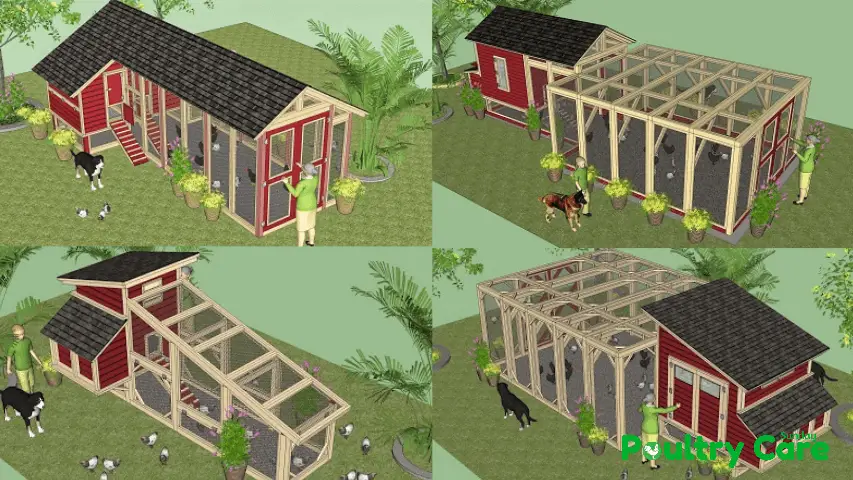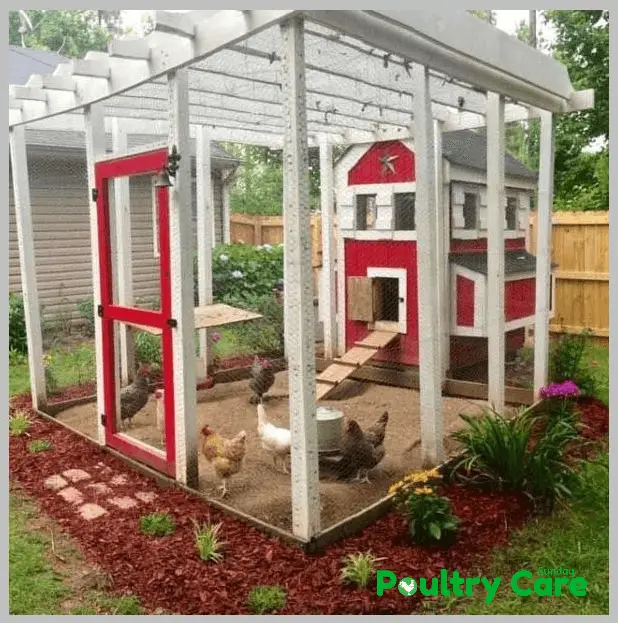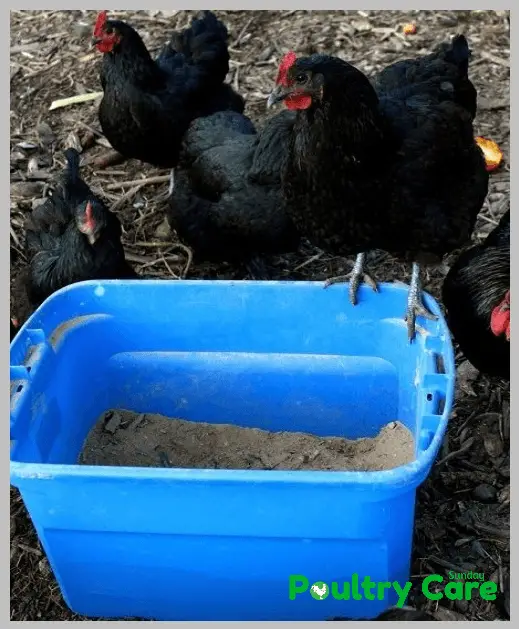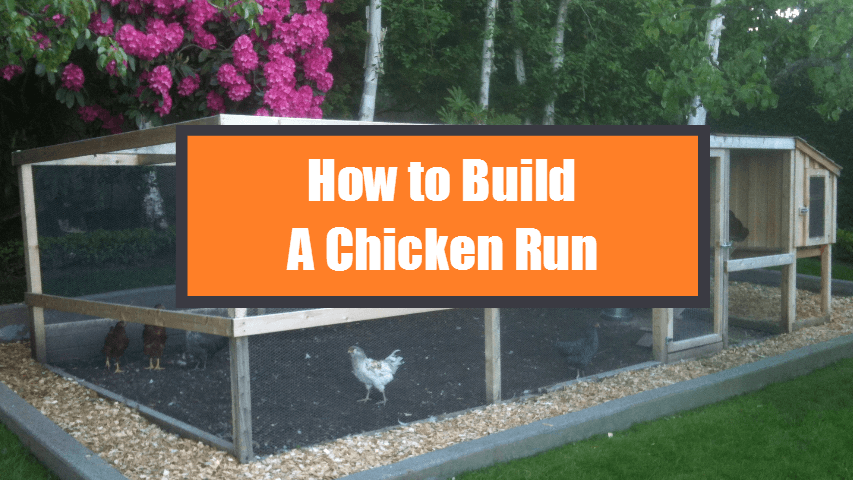Last Updated on January 14, 2025 by Pauline G. Carter
It is fairly straight forward to build a chicken run, especially if you have a few DIY knowledge and skills.
There are quite a few chicken coop plans and designs with the run that manufacturers will and still use. Then you get the home made runs as well that can be pretty successful.
How to Build a Chicken Run? You would need something like rabbit wire, but you need to get a good quality one.
If it’s too thin and you live in an area where there are foxes for instance, they can rip it to shreds in no time. If you do have poor quality rabbit wire, get a double layer added to the bottom half of the chicken run.
Related Article – 15 Most Common Chicken Diseases, Symptoms and Treatment
Remember to staple the places where the wire is joined. You will still need to check for wear and tear as time goes on. Sometimes investing in electric wiring is a good idea to keep foxes and dogs away.
Your chicken wire needs to be at least six inches under the ground and if the soil is not compact, even more, like 9 inches deep.
For the protection of your chickens, your fences need to be at least six feet high. And gates need to be from solid mesh – remember a fox is a like a cat and can climb fences.
Building a Chicken Run – Step by Step Guide
Generally, we are going to talk about a chicken run between around 3 or 4 meters long, attached to a coop and not around the coop.
You will need to start by drawing the run as to how you imagine it in your mind. Draw close up plans of how you visualize the joints of your chicken run, the doors and wiring and so on.

Then draw up a list of all the pieces you will need to build your chicken run, getting the right sizes of the wood you will need and the thicknesses etc.
Don’t forget hinges, screws, latches, poultry netting, nails, staples, all ready to go out and buy.
A good idea is to even look at old poultry books from the early 20th century. Because these usually have chicken runs and plans that really have stood the sands of time.
Some even have the old-type fold out pages with chicken run plans if you are fine with working in the feet and inches method.
If you can’t find old books, a search on the internet will give you plenty of ideas and plans of more than 10 free chicken run plans to get you on your way.
Related Article – Poultry Farming Guide and Information
Why Build a Chicken Run Though?

Think About Basic Designing of the Chicken Run
Nesting boxes: these are where the chickens will lay their eggs and should be around a foot-long. Hens will naturally look for a small and dark area to lay their eggs.
Ensure the nest boxes have roofs that are angled so chickens preferably don’t perch on the top, leaving their manure on top.
Bedding can consist of straw, shredded paper or wood shavings.
Perches: chickens need these for roosting/sleeping at night off the ground, because in nature, they would rest on a tree.
Perches should not be metal, but wood and one chicken are estimated to take up around 9-inches of space
Dust boxes: These boxes are filled with dust for the chicken to take dust-baths, keeping them free from mites.
Dust boxes can be around 2-square feet and about 18-inches tall and placed inside the chicken house as you don’t want the dust-bath containers getting wet.
Chickens love their dust bath even in rainy or snowy weather. If you prefer, you can provide them an outdoor shelter on the bare ground for an ongoing outside dust-bath.


